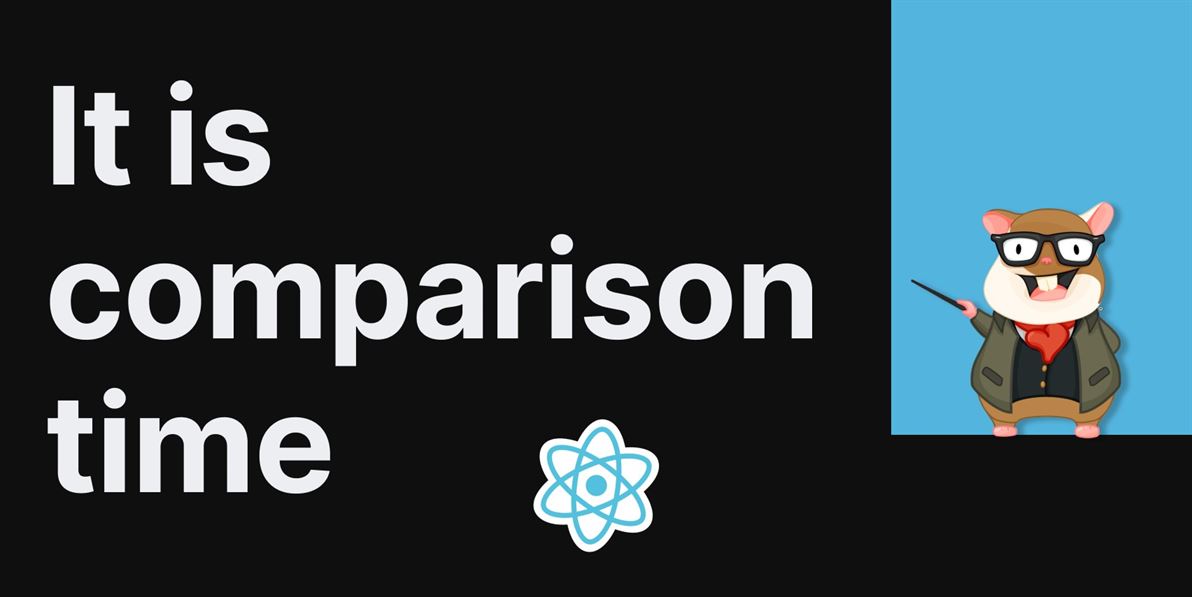According to statistics, JavaScript is the most popular programming language, as most developers use it. There are many reasons why this programming language is so popular, but we'd like to point out how easy it is to use and how useful it is.
JavaScript is used in many libraries and frameworks for web development. In this article, we will compare Ember.js vs React.js and discuss the similarities and differences between the two well-known JavaScript libraries. In addition to comparing the main features, you will get a discussion of how each choice differs from the others, allowing you to choose the best option for your scenario. Okay, let's get started.

Due to the many possibilities, web developers working with JavaScript face a dilemma when choosing a framework. As a result, we will compare two industry-standard frameworks: React vs Ember.
Ember.js is a well-structured client-side JavaScript framework that helps front-end developers build robust, scalable web applications. The Ember.js framework, originally built on the SproutCore MVC framework, is often recognized as a good choice for ambitious developers. The framework has many valuable features, like an excellent way to manage it and tools to avoid using too old APIs.
Web developers use React.js, a powerful declarative JavaScript library, to create dynamic user interfaces that are the backbone of modern websites. It is a free and open-source resource developed by Meta (formerly Facebook), and this is the primal difference between Ember JS and React. Programmers can use this library to build large, complex web applications that manage high traffic and dynamic data. The focus of React.js is on components that can be used and updated independently. An important feature that deserves attention is the native JSX syntax used in React.js to facilitate authoring.
Now that you know the basics of these two frameworks, you may wonder what is better to choose for your product: Ember or React. Let's compare them!
Let's compare Ember and React in more detail, showing their specific strengths and weaknesses. This text will help you choose correctly.

Both React and Ember are great solutions for fast front-end performance and a profitable user experience. But there are significant differences between these two JavaScript frameworks, and choosing the wrong could halt your plans for the commercial product you had in mind.
Performance
One of the most notable characteristics of React.js is its speed. It is worth noting that, unlike other frameworks, this one uses a Virtual Document Object Model (virtual DOM or VDOM). One of the differences between React and Ember is that in React, there is no need to connect the DOM to React, as its components are already linked to the UI functionality. This approach also allows React developers to use Hot Reload to change UI components quickly. Thanks to this strategy and the fact that all React components are self-sufficient, updates are fast. As a result, the ability to update often allows you to create a very dynamic user interface.
The Ember.js framework has various advantages for web application development, including high speeds and server-side rendering. The tool collects all bindings and DOM changes, which speeds up the process. Instead of calculating each operation separately, similar actions are collected together and immediately passed to the browser.
Architecture
Both Ember and React have their benefits in performance, but they work differently in terms of architecture. Working with Ember is a pleasure for the vast majority of programmers due to its default architecture, which is both feature-rich and easy to use. The architectural pattern is simple because it is scalable and simple. The best way to use Ember data is through the command-line interface. That is why it's much simpler to use Ember for react developers.
React, on the other hand, does not come with a predefined architecture. As a result, developers must augment their original design with a secondary architecture. A common practice is to use React in combination with the Flux framework. Together, these tools are a godsend for developers, reducing repetitive processes and saving hours of effort.
Documentation and Developer Community
There are a lot of developers who have a lot of experience with React.js or Ember.js. Even though Meta developed it, React.js has a limited amount of documentation. However, thanks to the large number of people using this JavaScript library, programmers can easily find the information on the Internet. The React team also said that they would keep working to improve the documentation. They promised to fix this problem in the next release.
Is Ember.js different from React.js? Yes. Simple and concise documentation is one of the many strengths of this framework. Supported by several informative tutorials and topic forums, anyone can quickly learn and apply the framework, despite having a much smaller community than React.
Ember.js is used by companies such as LinkedIn, Twitch, Groupon, and others. React.js is used by companies such as Meta (Facebook and Instagram), Netflix, and Uber Technologies.











